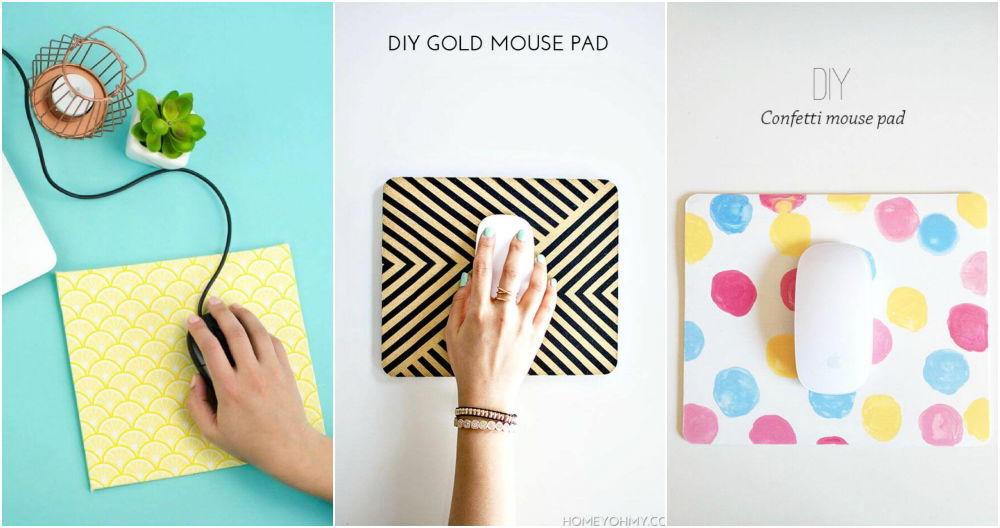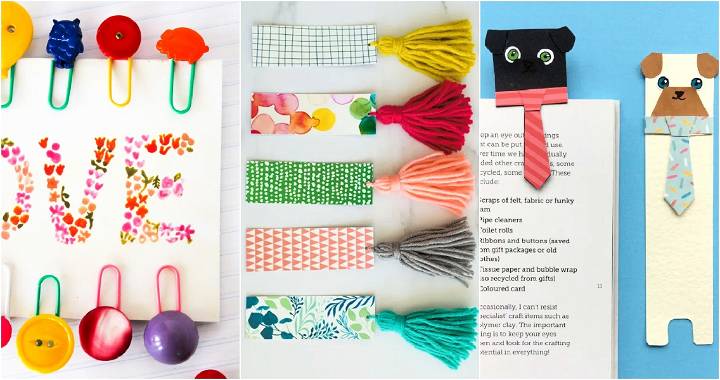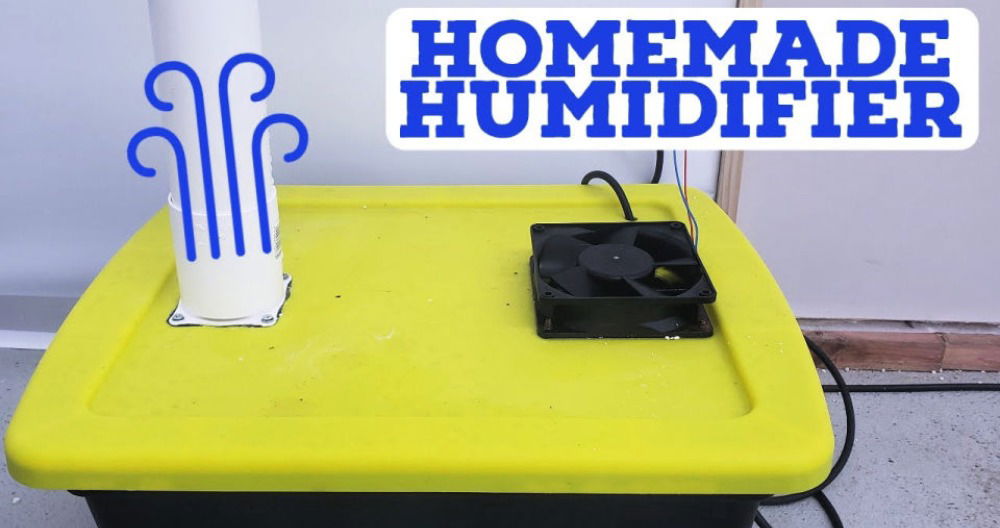Living in a quaint but aged farmhouse introduces many charms along with a fair share of challenges, one of them being uninvited furry guests - mice. After stumbling upon a curious yet simple method to trap mice using just a toilet paper roll on "Mousetrap Monday", I was both skeptical and intrigued. Could a solution to my mouse problem really be that straightforward and humane? I decided to put this DIY method to the test.
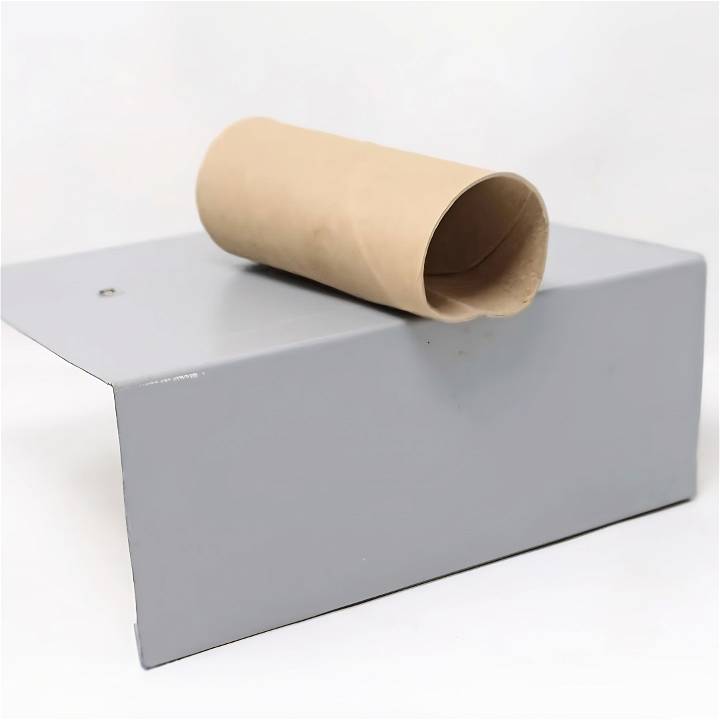
Materials Needed and Their Purpose
- Cardboard toilet paper rolls: The core of this trap. Mice are naturally attracted to tunnels, making these rolls perfect bait stations.
- Peanut butter: Used as bait. Its strong scent and stickiness make it irresistible to mice.
- A large bucket or container: Acts as the trap. Once the mouse tips over into the container, it's safely caught and can't escape.
- A flat surface near mouse activity: Essential for placing the trap. A table edge or counter works well.
Step by Step Instructions
Learn how to make a homemade DIY mouse trap in just 3 easy steps! Prepare the toilet paper roll, apply bait, and position the trap for success.
Step 1: Prepare the Toilet Paper Roll
First, take your cardboard toilet paper roll. The roll needs to be modified slightly to ensure it doesn't roll away when placed on a flat surface. Simply squash one side of the roll to flatten it. This makes a flat base that makes your roll stable yet still tippable – a crucial aspect of the trap's design.
Step 2: Apply the Bait
Next, apply a generous dab of peanut butter on one end of the roll, inside and out. The goal is for the mouse to enter the roll, attracted by the scent of peanut butter, and in attempting to reach it, tip the roll over.
Step 3: Position the Trap
Now, it's time to set up the trap. Place your bucket or container under a flat surface where you've noticed mouse activity. Balance the baited toilet paper roll at the edge of this surface, ensuring the baited end is sticking out slightly over the edge. The setup should be precarious enough that the weight of a mouse entering will tip it over into the container below.
Lesson Learned from Trial and Error
Discover valuable lessons learned from trial and error. Explore initial failures, adjustments, and strategy shifts to achieve success.
Initial Failure and Adjustment
My first attempt yielded no results. Reviewing security footage, I noticed mice inspecting the trap but not tipping over into the bucket. They approached from the side or simply weren't enticed enough to venture in.
Strategy Shift
Realizing my setup lacked appeal or was too easy for the mice to sabotage, I changed my approach. I elevated the container, placing it on a platform making it level with where the mice were most active, and increased the number of traps.
Success and Reflections
To my surprise, the adjusted setup worked! By the next morning, I had safely caught a mouse. Watching the little guy in the container, I felt a mix of triumph and compassion. It proved that with some patience and adjustment, this simple method could indeed work. However, it also reaffirmed the mice's adaptability and intelligence.
Releasing the Mice
Following through with the humane approach, I released the caught mice far from my home, in a field where they could find a new home away from my pantry. It was a simple moment, but fulfilling, knowing I solved the problem without harm.
Understanding the Problem: Why Homemade Mouse Traps Matter
When faced with a mouse infestation, our first instinct might be to rush to the store and grab a commercial mouse trap. But what if there were simpler, more cost-effective, and humane alternatives? That's where homemade DIY mouse traps come into play.
1. The Mouse Dilemma
Let's break it down. Mice are resourceful little creatures. They can squeeze through tiny openings, multiply rapidly, and wreak havoc in our homes. Here's why addressing the mouse problem matters:
- Health Risks: Mice carry diseases, including hantavirus, salmonella, and leptospirosis. Their droppings and urine can contaminate surfaces and food, posing health risks to humans and pets.
- Property Damage: Mice gnaw on everything—wires, insulation, furniture, and even structural elements. Their constant chewing can lead to costly repairs.
- Ethical Considerations: Many people prefer humane methods to deal with pests. Homemade traps allow you to catch mice without causing unnecessary harm.
2. The Appeal of Homemade Solutions
Why should you consider homemade mouse traps over store-bought ones?
- Cost-Effective: Commercial traps can add up, especially if you're dealing with multiple mice. Homemade traps use everyday items you likely already have at home.
- Eco-Friendly: By repurposing materials, you reduce waste and minimize your environmental impact.
- Customizable: Homemade traps allow creativity. You can tailor them to your specific needs and available resources.
3. The Humane Approach
Homemade mouse traps emphasize humane treatment. Instead of lethal methods, these traps aim to catch mice alive, allowing you to release them far away from your home. It's a win-win: you solve the problem without causing unnecessary suffering.
4. Choosing the Right Homemade Trap
Consider the following factors when selecting a homemade DIY mouse trap:
- Severity: Is it a minor mouse issue or a full-blown infestation? Adjust your approach accordingly.
- Materials at Hand: Look around your house. What items can you repurpose? Cardboard, plastic bottles, and cans are excellent starting points.
- Safety: Always prioritize safety. Avoid sharp edges, toxic materials, and anything that could harm you or other household members.
Next time you spot a mouse scurrying across your kitchen floor, think twice before reaching for the store-bought trap. Explore the world of homemade mouse traps—it's a DIY adventure that's both effective and kind to our furry neighbors.
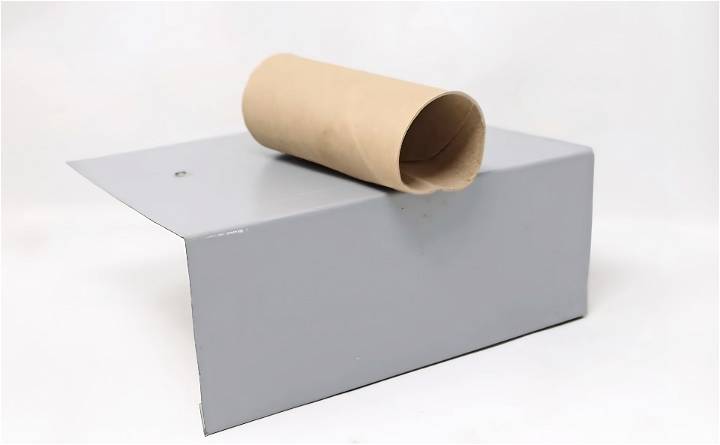
Why Homemade Mouse Traps Are Worth Considering
When it comes to dealing with pesky mice, our knee-jerk reaction often involves store-bought traps. But what if there were simpler, more cost-effective, and environmentally friendly alternatives? Enter homemade mouse traps—a practical solution that not only works but also aligns with our desire for humane pest control.
1. Cost-Effectiveness: Your Wallet Will Thank You
- Commercial Traps vs. Homemade Solutions: Commercial mouse traps can quickly add up, especially if you're dealing with multiple rodents. Homemade traps, on the other hand, utilize everyday items you likely already have at home. Think cardboard, plastic bottles, and cans—simple materials that won't dent your budget.
- Repurposing and Creativity: Homemade traps encourage resourcefulness. You get to repurpose items that might otherwise end up in the recycling bin. Plus, you can customize your traps based on what's readily available.
2. Eco-Friendly Approach: Reduce, Reuse, Repel
- Less Waste: By opting for homemade traps, you contribute to waste reduction. Instead of adding more plastic or metal to landfills, you're creatively using existing materials.
- Minimal Environmental Impact: Homemade traps don't rely on manufacturing processes or transportation. They're a greener choice for both your home and the planet.
3. Customization: Tailoring Solutions to Your Needs
- One Size Doesn't Fit All: Every mouse situation is unique. Maybe you're dealing with a lone mouse that occasionally raids your pantry, or perhaps it's a full-blown infestation. Homemade traps allow you to adapt to the severity of the problem.
- Materials at Hand: Look around your home. What can you use? A shoebox, a soda can, or an old CD? The possibilities are endless, and you're not limited by what's on store shelves.
4. Humane Treatment: Catch and Release
- The Ethical Angle: Many of us prefer humane methods when dealing with pests. Homemade traps offer a way to catch mice without causing unnecessary harm. Instead of lethal outcomes, you can release the little intruders far away from your living space.
Consider homemade DIY mouse traps for effective, budget-friendly, and humane rodent control. Gather materials, get creative, and start your mouse-catching journey!
FAQs About Homemade Mouse Trap
Discover all the answers to your FAQs about homemade mouse traps in this comprehensive guide. Learn how to effectively catch mice using simple household items.
1. How do I make a humane homemade mouse trap?
If you prefer a no-kill solution, consider these steps:
- Toilet Paper Roll Trap:
- Crease a toilet paper roll to form a flat-sided tunnel.
- Place a treat (like a cracker with peanut butter) at one end.
- Balance the tube on the edge of a table or counter, with a tall bucket or trash can beneath it.
2. Why choose homemade mouse traps?
Discover the benefits of making your own mouse traps:
- Eco-Friendly: Utilize materials you already have, reducing waste and promoting recycling.
- Humane: Provide a no-kill solution, allowing captured mice to be released away from your home.
- Cost-Effective: Save money compared to store-bought traps.
- Customizable: Adjust size, entry points, and bait type based on your specific situation.
- Safe for Pets and Children: Homemade traps can be designed to be safer for everyone.
- Educational: Involve the whole family in problem-solving and mechanics.
4. How effective are homemade mouse traps?
When properly designed and baited, homemade traps can be just as effective as commercial ones. The key lies in understanding mouse behavior and using the right materials.
5. What are some creative homemade DIY mouse trap designs?
Explore these inventive options:
- Cardboard Tube Trap: Cut holes in a cardboard box and place bait inside.
- Plastic Bottle Trap: Cut an opening in a plastic bottle and make a ramp leading inside.
- Bucket and Toilet Paper Roll Trap: As described earlier, balance a roll over a bucket.
6. How can I ensure my homemade trap works efficiently?
Remember these tips:
- Placement: Position traps along walls or near mouse activity.
- Bait: Use enticing food like peanut butter or cheese.
- Check Regularly: Inspect traps daily and release captured mice promptly.
By following these guidelines, you'll be well-equipped to tackle your mouse problem with homemade ingenuity!
Final Thoughts
In conclusion, making a homemade DIY mouse trap can be a cost-effective and efficient solution for rodent control. With simple materials and easy steps, you can easily set up your trap and catch those pesky critters. Happy trapping!


